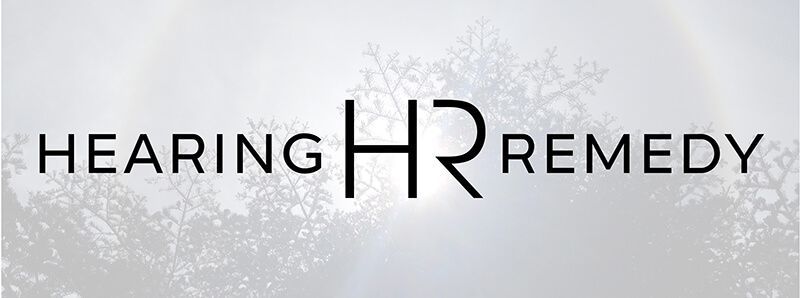Hearing Loss
Do you want to learn more about hearing loss, and how it impacts you and your loved ones? Hearing loss can affect anyone, from children to adults to seniors. According to the National Institute on Deafness and Other Communication Disorders, nearly 40 million American adults have trouble hearing, but only 16% of those who need hearing aids actually wear them. Hearing loss is common among seniors, and half of all seniors over the age of 70 have some degree of hearing loss.
Untreated Hearing Loss
Many Americans think hearing loss is no big deal. Sure, they might miss a few words here and there, but that doesn’t really matter, right? Wrong!
The fact is that untreated hearing loss leads to a host of negative health outcomes, such as lower quality of life, social isolation and depression, lower wages, increased risk of dementia, memory loss, and higher rates of unemployment. Untreated hearing loss also contributes to expensive medical bills from other health issues like high blood pressure, heart problems, and an increased risk of falls..
Recognizing Hearing Loss
The first step to catching hearing loss is to recognize the signs and symptoms of hearing loss. The earliest sign of hearing loss is having trouble following conversations, both in person and over the phone. Conversations often become more challenging in places with a lot of noise, since your ears are no longer able to distinguish between important speech sounds and distracting noises. For many, its sounds as though everyone is mumbling. You might feel like you can hear just fine but can’t actually understand what’s been said. Do you turn up the volume on the TV or ask people to repeat themselves many times? It’s time to face the facts and recognize the signs of hearing loss.
Types of Hearing Loss
THERE ARE THREE MAIN TYPES OF HEARING LOSS, AND IT’S IMPORTANT TO KNOW WHAT KIND OF HEARING LOSS YOU HAVE.
Sensorineural hearing loss
is by far the most common kind of hearing loss, and it is caused by damage to the delicate cells in the inner ear or along the auditory nerve that carries sound signals to the brain. If you have sensorineural hearing loss, you probably have a great deal of trouble understanding speech, even if you seem to hear all the sounds. It’s often due to aging, or exposure to loud noises.
Conductive hearing loss
is hearing loss that’s caused by a problem with the physical structures of the ear, like damage to the middle or outer ear, or a blockage caused by wax, dirt, or debris. This kind of hearing loss can often be treated, and only sometimes results in permanent hearing loss.
Mixed hearing loss
is a combination of both sensorineural and conductive hearing loss, and this kind of hearing loss is usually permanent.

What Causes Hearing Loss?
Hearing loss can be caused by a number of factors, from illnesses like mumps and measles to conditions like ear infections. Other causes of hearing loss include injuries to the head or ears, certain medications, a build-up of earwax, or exposure to dangerously loud sounds. Aging is also a factor in hearing loss, and many people suffer from sensorineural age-related hearing loss, known as presbycusis.
Hearing Tests
Getting regular hearing tests will help you notice your hearing loss as soon as possible and seek treatment right away. A hearing assessment is a completely non-invasive, painless test to determine your level of hearing loss. To test your hearing, we’ll have you listen to sounds in high and low registers at various pitches. We’ll also do a visual exam by looking into your ears to make sure you don’t have any problems with the functioning of the outer ear. Finally, we will ask you questions about your health history, so we can screen you for any health concerns that may impact your hearing health.
Treating Hearing Loss
Treating hearing loss has never been easier. With today’s hearing instruments, you have a wide selection of advanced technology that will help you hear in any environment. This advanced technology actually makes today’s hearing instruments easier to use for everyday people.
Our hearing devices come in a range of styles, colors, sizes, and price points, so you’ll find the perfect device, whatever your hearing needs. Some models nestle behind the ear, and others sit so far within the ear canal they’re nearly invisible. Visit us at Hearing Remedy today for an assessment and talk about your options.
